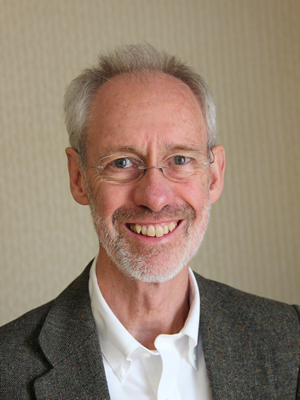
In the first letter of 2024 I am pleased to begin by welcoming our four new member societies to the IFCN fold. We hope they will enjoy the benefits of membership which are to be found on our website and of course contribute their own perspectives to our federation in future. The new members are: The Algerian Association of Clinical Neurophysiology and Functional Explorations of the Nervous System, The Society of Clinical Neurophysiology of Bangladesh, The Latvian Association of Clinical Neurophysiology and the Lithuanian Clinical Society of Clinical Neurophysiology and Neurosonology. A warm welcome to them all!
It is coincidental that the Latvian Society includes Neurosonology within its title since I am also delighted to be able to announce that the International Society of Neuromuscular Imaging has joined IFCN. Though it initially applied under the umbrella of our Special Interest Groups, IFCN ExCo considered the fact that the ISNMI was already a functioning international society and so agreed with its preference for the new group to be called our first IFCN International Society, in this case of Neuromuscular Imaging. As such it will sit with SIGs and have the same facilities. As they develop other SIGs may also be designated thus, of course. IFCN is keen to encourage specialist interests with Clinical Neurophysiology to work under its auspices, with meetings and workshops both at IFCN congresses and independently. IFCN can also offer the considerable facilities of its website and educational material, and a financial support which may be difficult to arrange internationally otherwise. With this, of course, IFCN has a duty to ensure proper scrutiny of all its on-site material and proper financial audit, but this should be to all parties’ benefit.
In other news our colleagues in Indonesia have been working hard to decide on the symposia programme for the ICCN in Jakarta, (September 10th-14th). There was a very encouraging number of abstracts submitted by the closing date and these will now be scrutinised before travelling awards are considered. Please keep an eye on the website for further information, and of course, register and book accommodation and flights!
Open now is also the call for IFCN Fellowships in Education and Research, with a closing date at end of April. These awards are keenly contested and prestigious, so though there are two months to go, so candidates should be considering their applications.
Our Masterclass series continues and thanks for an excellent one by Professor Jorge Gutierrez in January on Lumbosacral Plexopathies: Electrophysiological and Clinical Aspects. Masterclasses are now two monthly with Professor Robert Chen giving the one in April, as advertised on our website. I know that Paulo Kimaid and Lynn Liu have all but arranged the rest of this year, with a fascinating line up which will be announced soon and are already populating 2025. Our hope is to combine the best clinical and more academic topics from within the considerable expertise within IFCN and to build up a library of these lectures on line.
We usually feature a chosen paper from our two editors and their journals. But readers are also directed to the journals’ websites where it is possible to see the contents of each journal. Also available are the open access papers including our Handbooks, abstracts from congresses, announcements and much more. You can also sign up for alerts for new updates; Clinical Neurophysiology and Clinical Neurophysiology Practice. These are fantastic resources that I’d recommend to all.
Lastly, as part of IFCN’s continuous improvement efforts, we have launched a fresh new look for the IFCN website. We hope that you enjoy the more user-friendly navigation and utilize our website as a source of knowledge and peer connections.
Best wishes,
Jonathan Cole